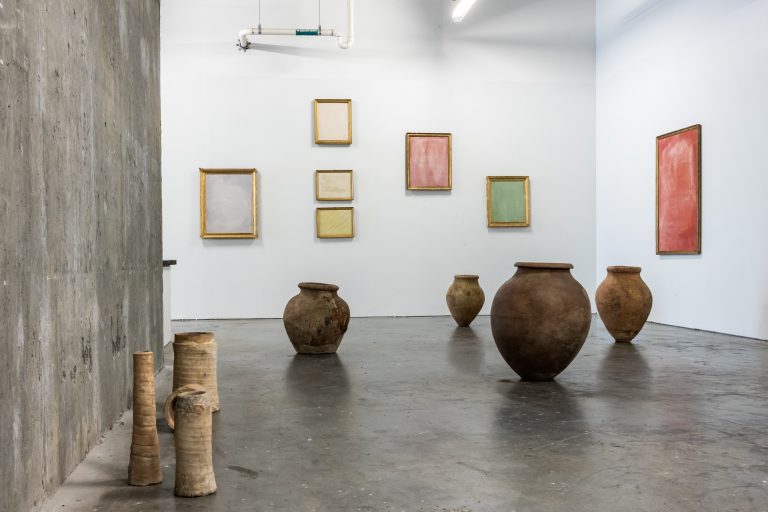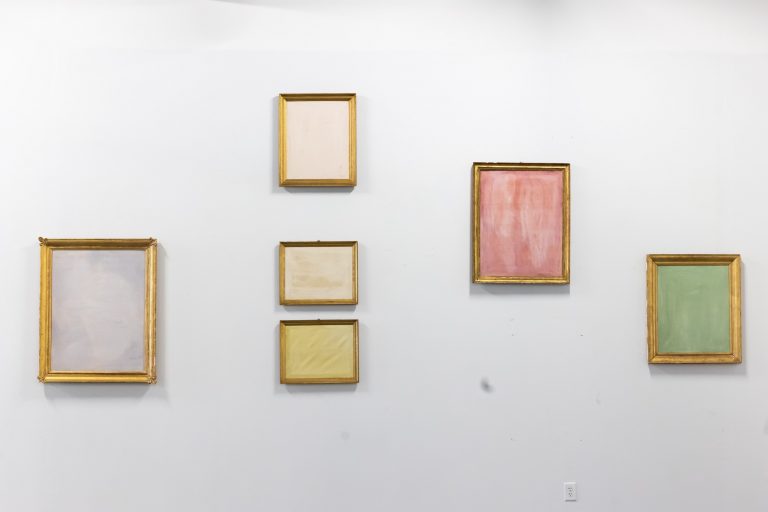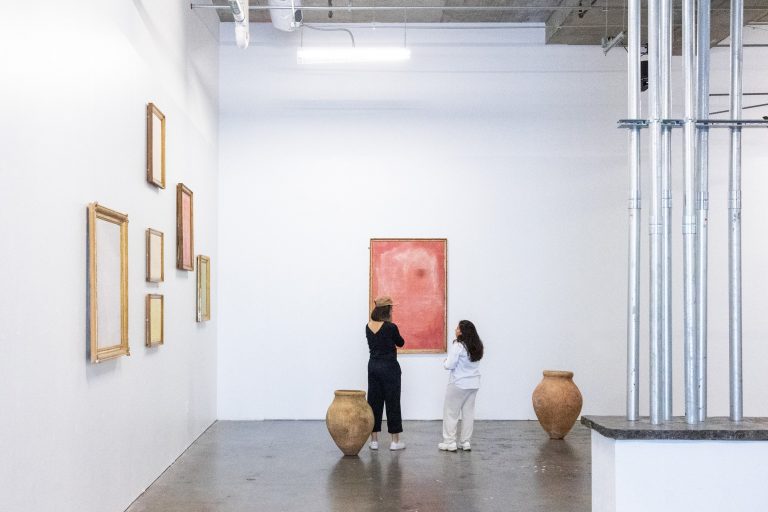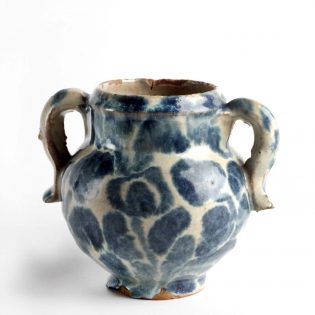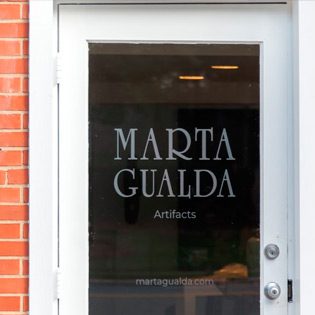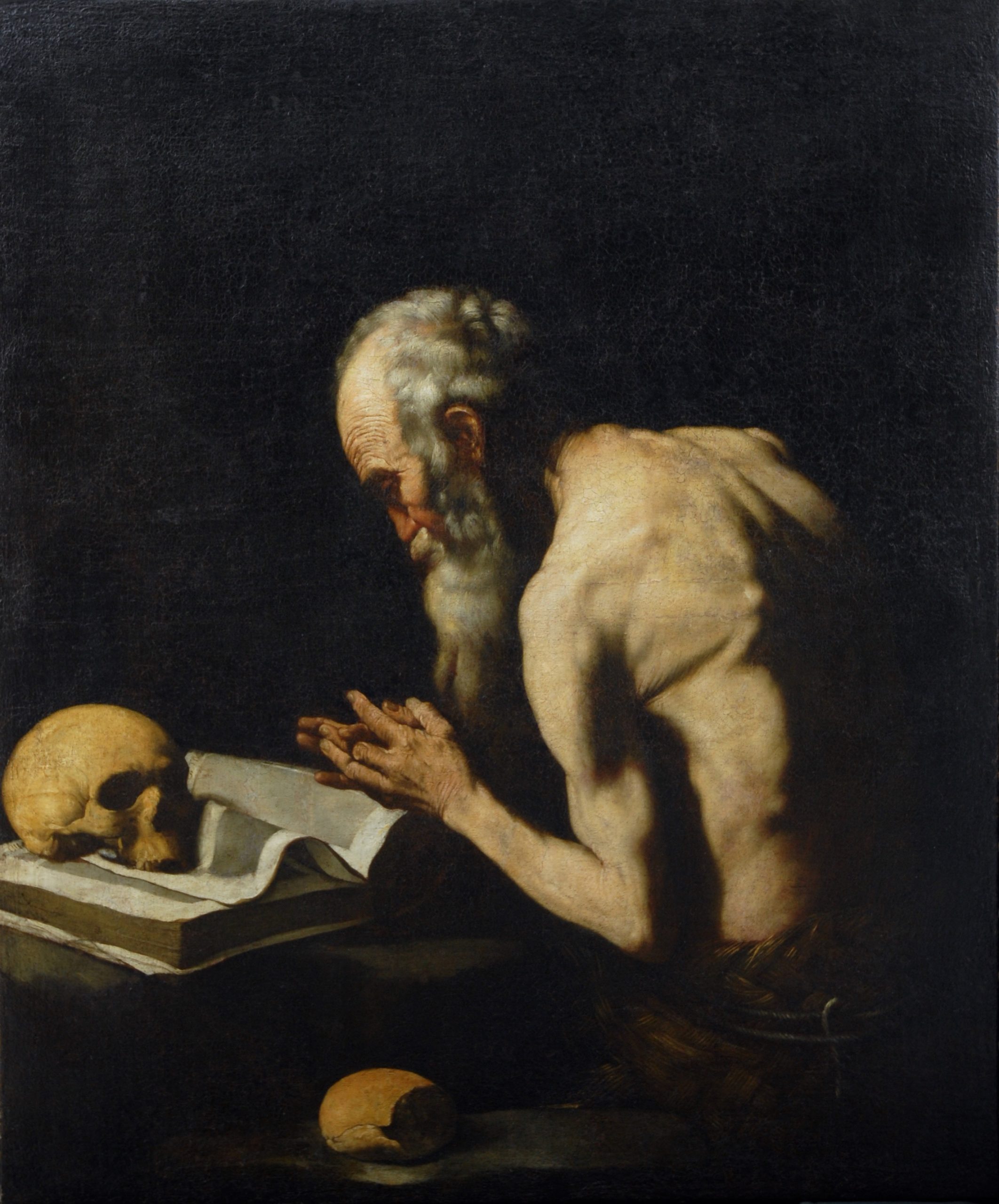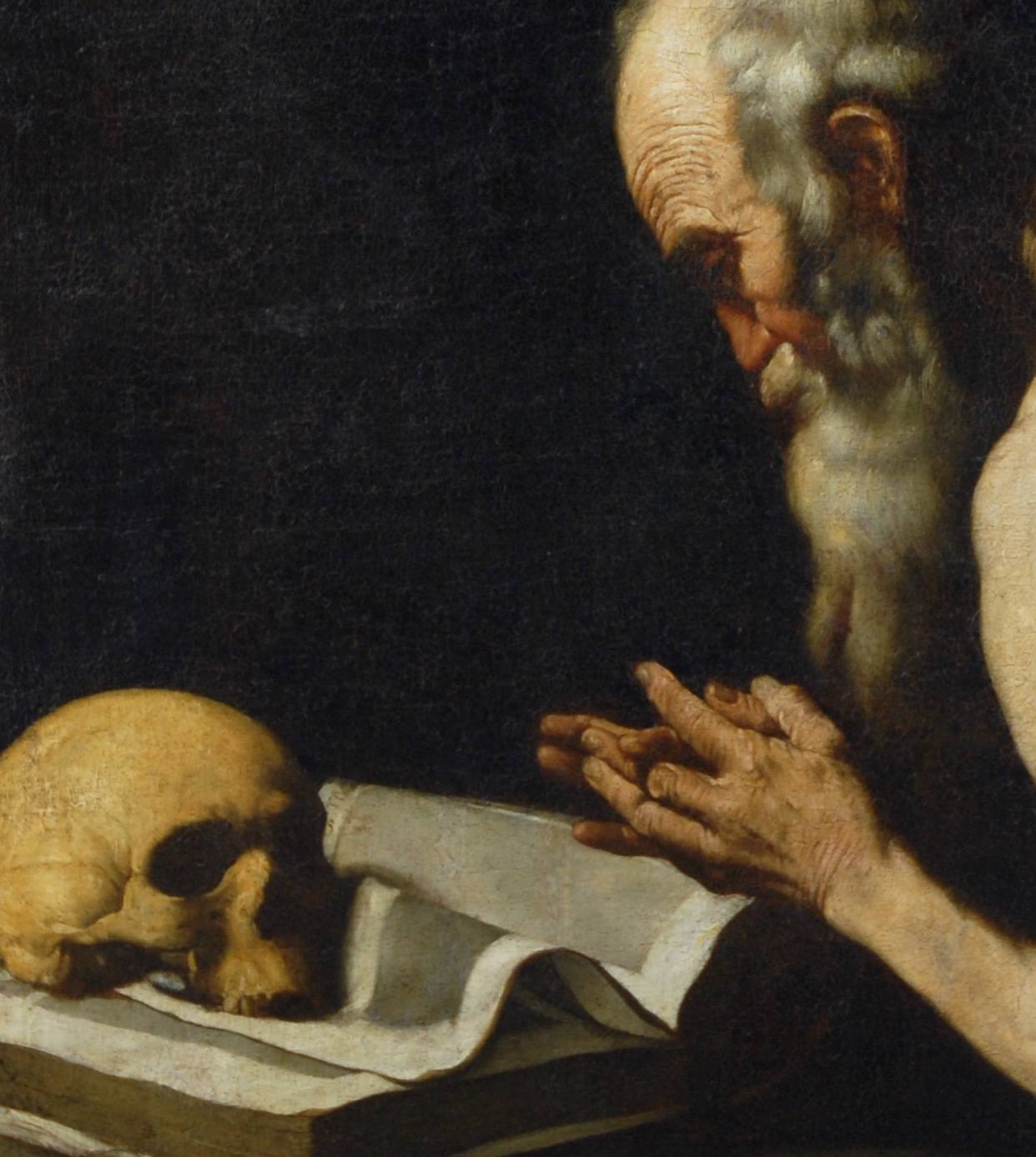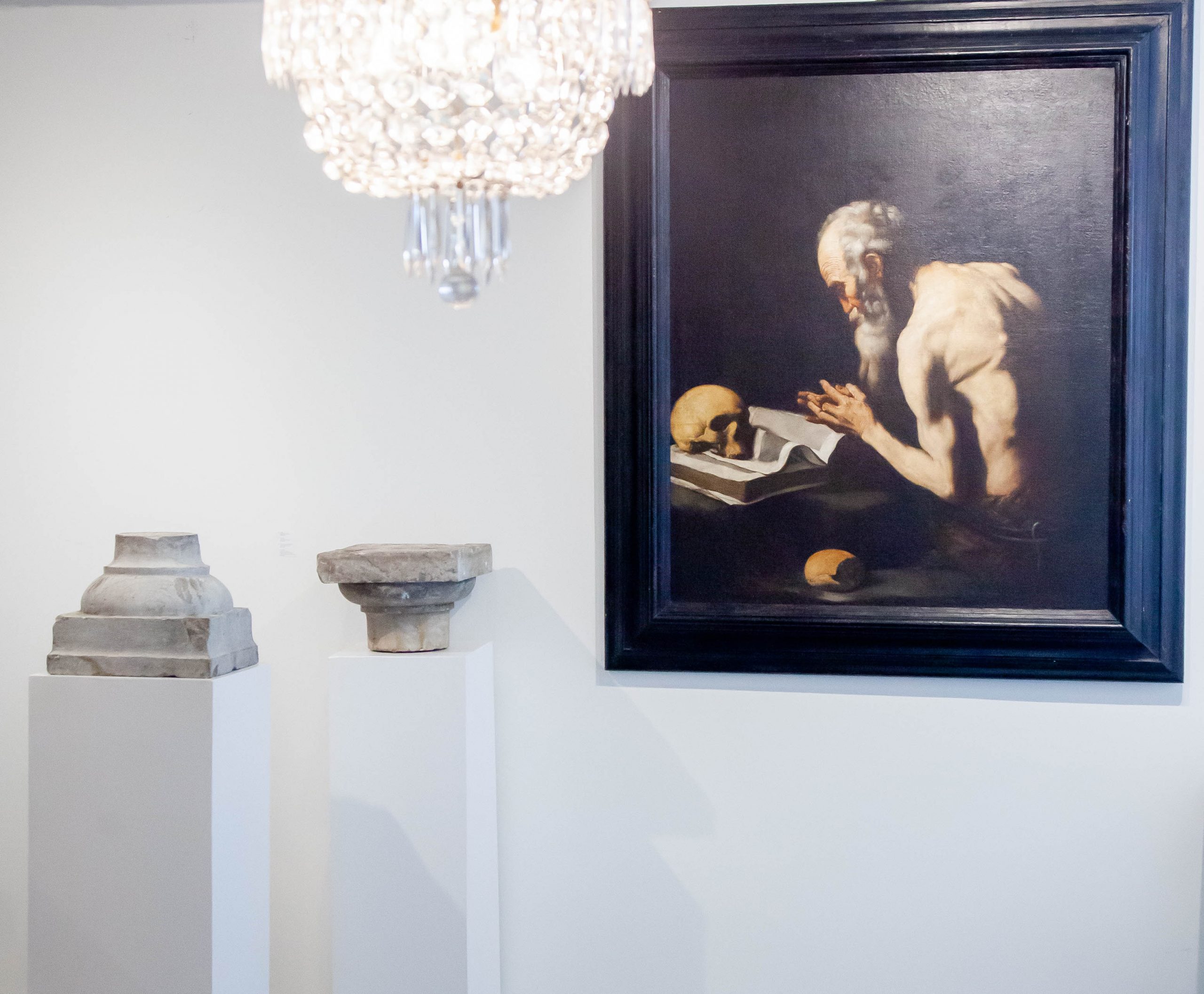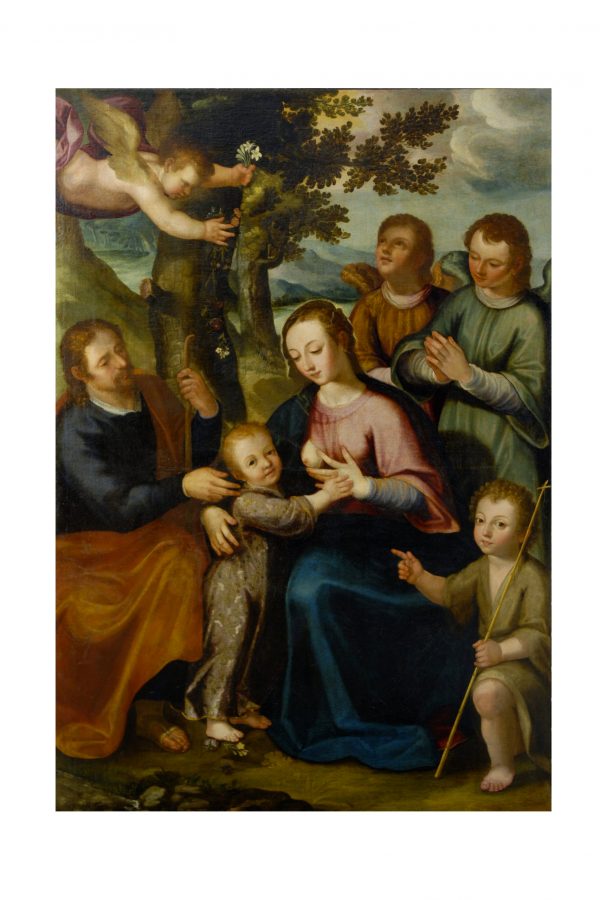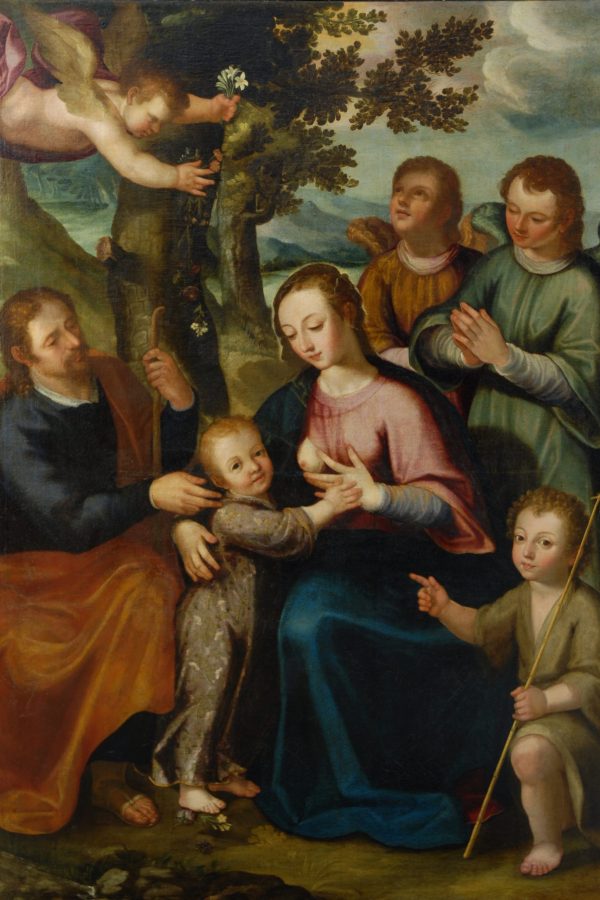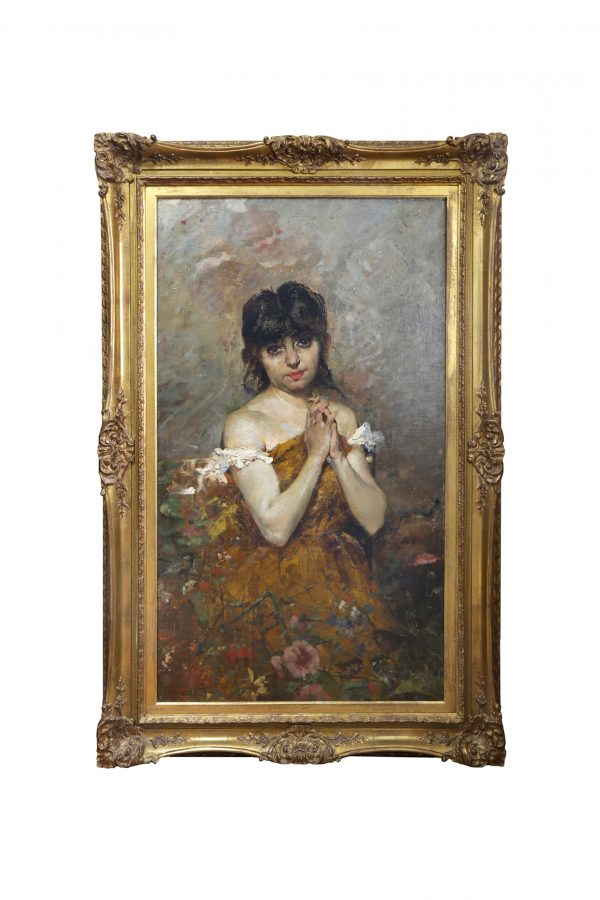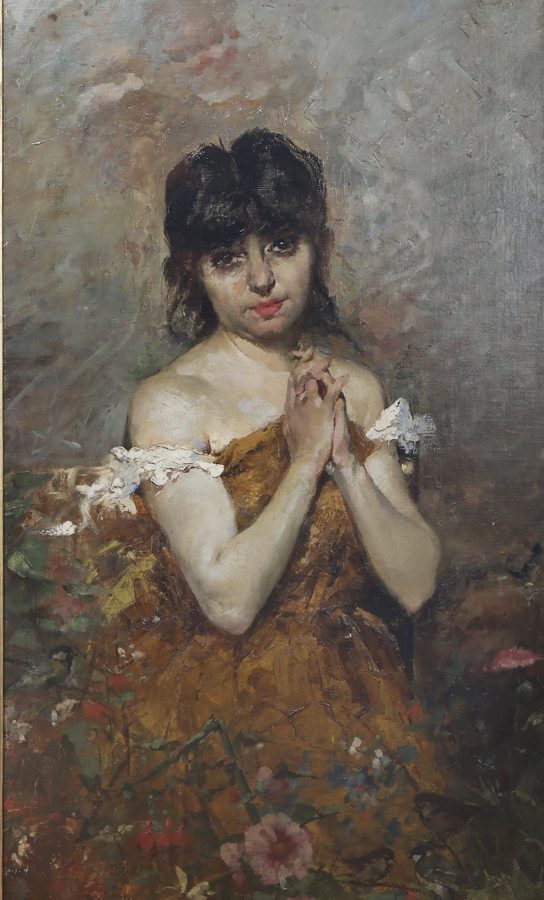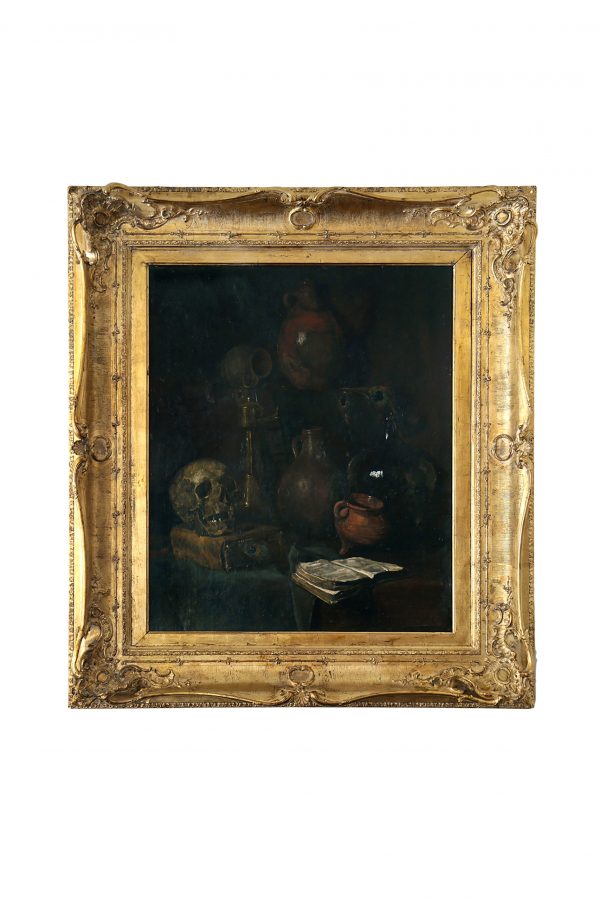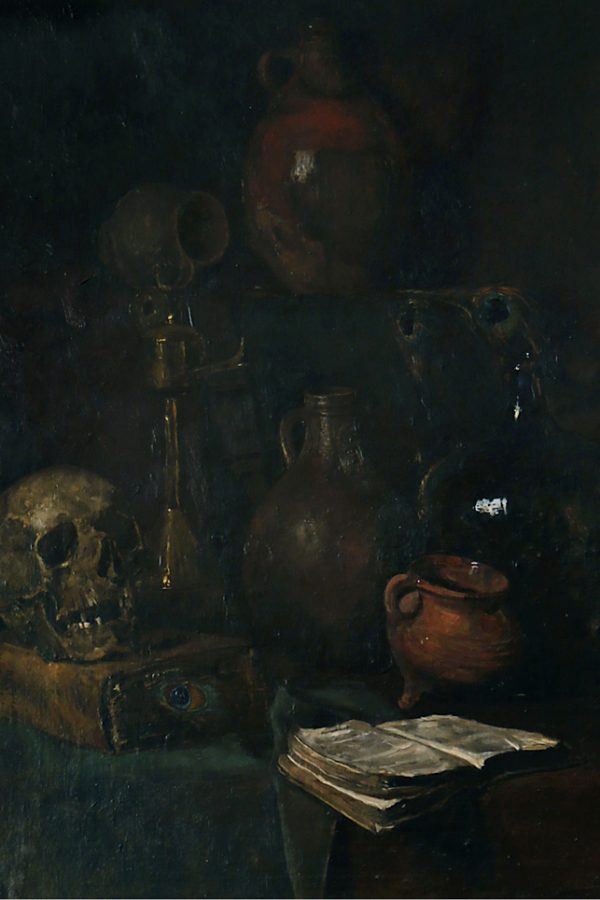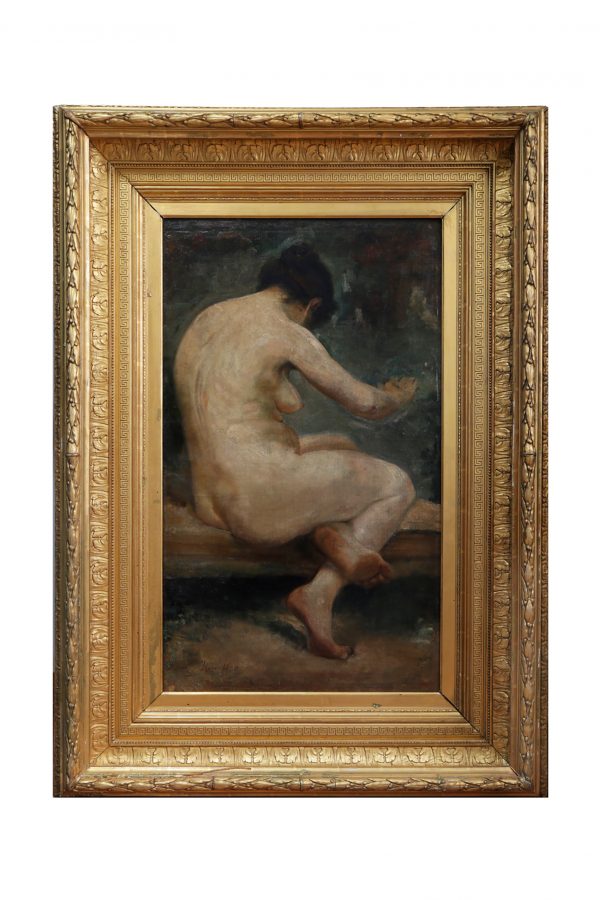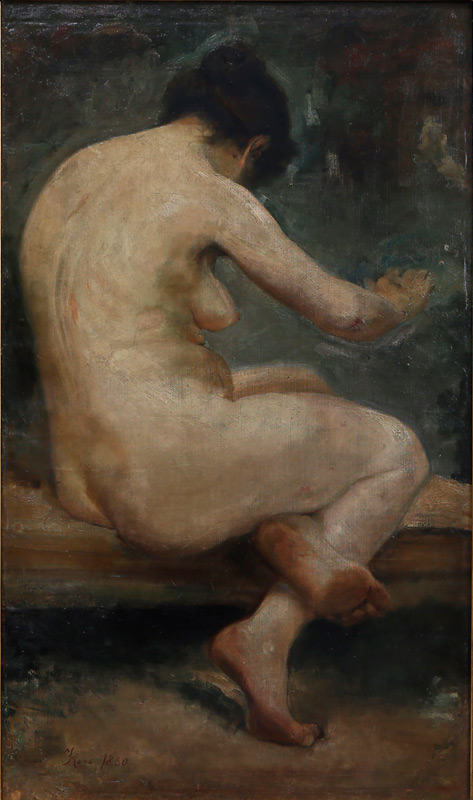Description
In this magnificent painting we are shown a pure image of the naturalistic baroque, both formally and thematically, since the hermit and penitent saints were very much liked by the clientele of the time, as an example of devotion, straight life and detachment from material.
Saint Paul appears here represented in a composition of the naturalistic baroque, widely used by Ribera in his representations of holy hermits: the half-length figurein the foreground, very close to the viewer, with few elements around it and beforea background covered by Dense darkness From among the shadows the figure and the objects appear in a violent, tenebristic way, directly illuminated by a direct light whose focus we do not see, which penetrates the scene from the upper left corner. There are hardly any half lights; the hard contrasts bring a monumental
sense to what is represented, which acquires tactile qualities and an amazing realism.
The saint appears sitting inside his cave, leaning towards a large book arranged on a flat rock, on which we see a skull. The sheet of the book, wrinkled by the skull, rises creating a game of half shadows that reinforces the three-dimensionality of the representation. These are the Holy Scriptures, which combined with the skull make up an image of typically Baroque pathos, which calls for prayer and the elevation of the soul above material temptations. In the foreground, next to the figure and equally illuminated, the beggar of bread that a raven took daily to the hermit, one of its main iconographic attributes next to palm leaf clothes.
Chromatism is equally typical of Ribera, around the warm tones, lighter in the flesh and more golden in the skull, bread and braided palm of the saint’s garment.
Stresses especially the rich color range used in the representation of the saint; in his face more orange tones are appreciated, different from the almost cold of his arm. Magnificently drawn, his face and hands, knotty and expressive, appear somewhat darker, modeled through a subtle play of contrasts of light and shadow.

